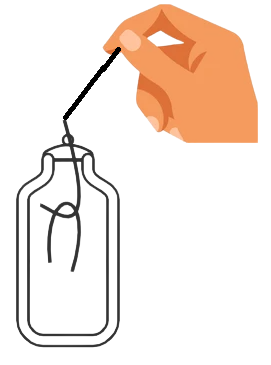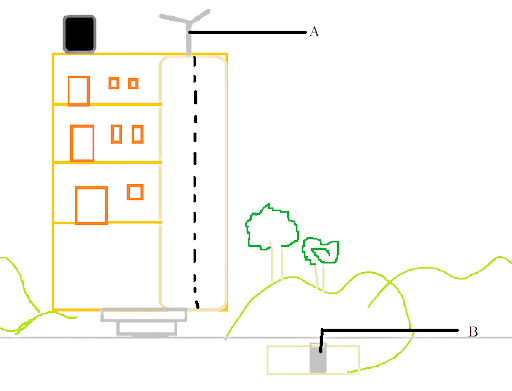Download Free PDF of Class 8 Science NCERT Exemplar Solutions Chapter 15 Some Natural Phenomena available on Vedantu
FAQs on NCERT Exemplar Class 8 Science Solutions Chapter 15 Some Natural Phenomena
1. What are the important concepts covered in Chapter 15 of NCERT Exemplar Solutions for Class 8 Science?
Vedantu helps you cover all the concepts with the help of error-free study notes that guide you completely to prepare for your exams. You can practice the important topics with the help of the NCERT Exemplar solutions provided by the experts of Vedantu. The concepts covered in Class 8 Science NCERT Exemplar Solutions Chapter 15 Some Natural Phenomena are:
Lightning
Charging by Rubbing
Types of Charges and Their Interaction
Transfer of Charge
The Story of Lightning
Lightning Safety
Earthquakes
2. Explain how lightning takes place according to Chapter 15 of NCERT Exemplar Solutions for Class 8 Science?
When at the time of thunderstorm, the current in the air move upwards and the water droplets move downwards in form of rain, it is the time when thunderstorm id developed. Separation of charges is caused because of vigorous movement of current in the air. Near the upper edges of the cloud positive charges are collected, and near the lower edge of the cloud negative charge is collected. When the negative and positive charges come together to produce a streak of bright light that also has sounded it is known as Lightning.


















